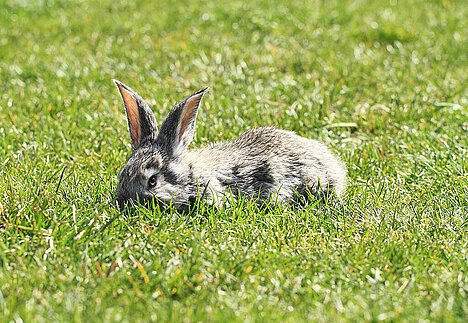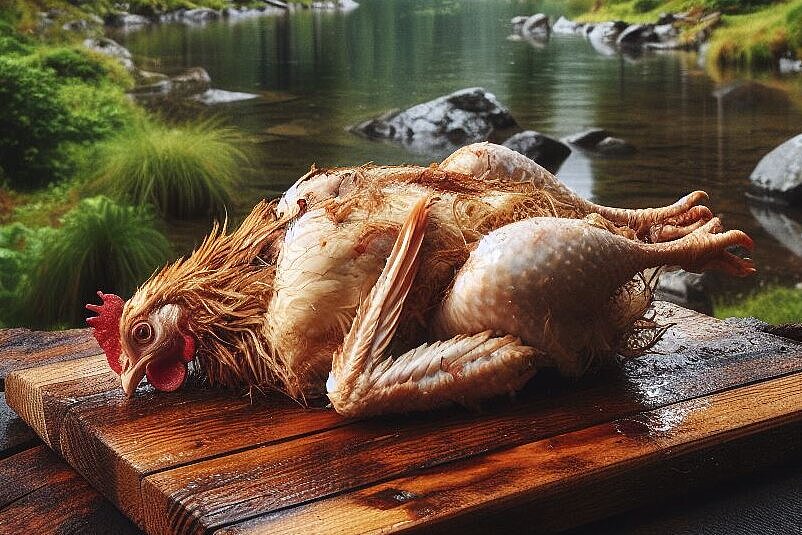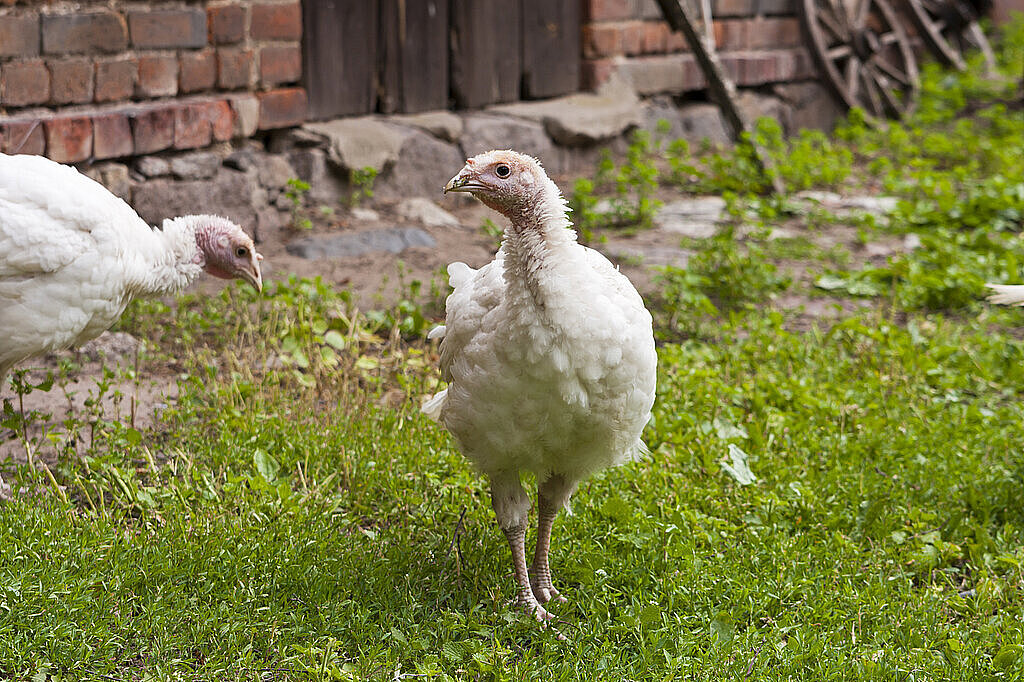Rabbit carcasses

Rabbit carcasses are a popular component of raw feeding (BARF) for dogs. But what are rabbit carcasses and what advantages and disadvantages do they have for your four-legged friend? In this article, you'll find out everything you need to know about this ingredient.
What are rabbit carcasses?
Rabbit carcasses are the removed bones of rabbits, which usually still contain some meat, skin and fur. They are often offered as whole pieces or cut into smaller portions. Rabbit carcasses belong to the so-called meaty bones, which provide a high proportion of protein and calcium.
What are the benefits of rabbit carcasses for dogs?
Rabbit carcasses have several benefits for dogs that are fed raw. Firstly, they are a good source of high-quality protein, which is important for muscle building and cell regeneration. Secondly, they provide calcium and other minerals that ensure strong bones and teeth. In addition, rabbit carcasses can aid digestion as they contain fiber and cleanse the intestines. Last but not least, rabbit carcasses can also care for your dog's teeth by removing tartar and massaging the gums.
What are the disadvantages of rabbit carcasses for dogs?
Rabbit carcasses also have some disadvantages for dogs that you should be aware of. For one thing, they can cause injuries if your dog eats them too quickly or too greedily. The sharp bones can perforate or block the throat or gastrointestinal tract. On the other hand, rabbit carcasses can lead to an overdose of calcium if you feed them too often or in too large quantities. This can lead to kidney problems or bone diseases such as rickets. Rabbit carcasses can also cause allergies or intolerances if your dog is sensitive to rabbit meat.
How to feed rabbit carcasses correctly?
To take advantage of the benefits of rabbit carcasses and avoid the disadvantages, you should follow a few tips. Firstly, you should only buy fresh or frozen rabbit carcasses from a trustworthy supplier. Secondly, you should defrost the rabbit carcasses before feeding them and cut or chop them into small pieces. This reduces the risk of injury or ingestion. Thirdly, you should only feed rabbit carcasses as part of a balanced BARF diet that also contains other types of meat, offal, vegetables and fruit. The amount of rabbit carcasses should make up about 10 to 15 percent of your dog's daily food requirement. Fourthly, you should always watch your dog eat and provide him with enough water. If you notice any signs of discomfort or discomfort in your dog, you should consult a veterinarian.
Rabbit carcasses are a nutritious and tasty ingredient for dogs that are fed raw. They provide protein, calcium and other nutrients and can promote digestive and dental health. However, you should also be aware of the potential disadvantages of rabbit carcasses and only feed them in moderation and with caution.
If you notice any signs of hypersensitivity or poisoning in your dog, you should see your vet immediately. We are not a substitute for a vet, but we try to be as accurate as possible. Every dog reacts differently and we recommend you get a second opinion or consult your vet if in doubt.
Stay healthy and take good care of your four-legged friend!😊
Similar to Rabbit carcasses
Duck carcass is the carcass of a duck from which the breasts and thighs have been removed. It consists of bones, cartilage, meat, skin and fat. Duck carcass is a natural source of calcium, which is...
Chicken carcass is what remains of the chicken after it has been gutted and cut up. It consists of bones, cartilage, skin and meat scraps. Chicken carcass is a popular BARF product as it is a...
Turkey carcass is the carcass of a turkey that remains after the breast and leg meat has been removed. It consists of the ribs, back and neck of the turkey. These parts still contain meat and skin...
Turkey carcasses are the bones and meat that remain after a turkey has been gutted and carved. They usually still contain some skin, fat, cartilage and tendons. Turkey carcasses are often considered...



